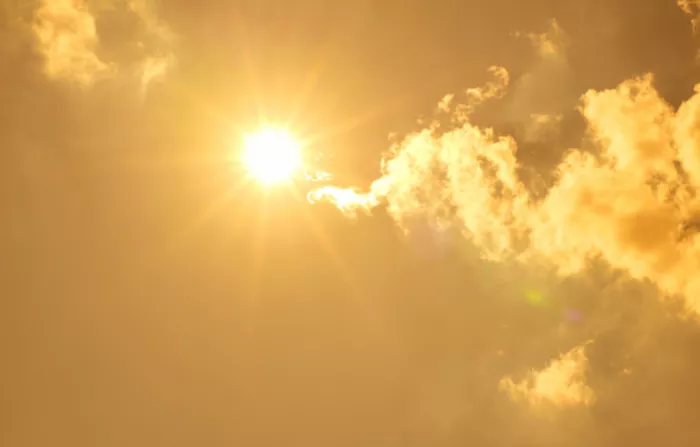SALT LAKE CITY — Fall has officially arrived in Utah, but the weather feels more like summer. High temperatures are expected to continue for the next few days. Here’s how this late-season heat may affect your garden.
Impact of Late-Season Heat on Home Gardens
Warm-season vegetables, like tomatoes, thrive in warmer weather. They prefer daytime temperatures in the 80s. As a result, this heat allows them to produce fresh produce for a longer period, which is beneficial for gardeners.
What to Harvest Now
Home gardeners should focus on harvesting warm-season crops, including peppers, tomatoes, squash, and corn. With unusually warm temperatures, there is a risk of sudden drops in temperature in the coming weeks. If a killing frost occurs, it could ruin any remaining usable produce.
What to Delay Harvesting
Cool-season vegetables, such as radishes, lettuce, and English field peas, can withstand freezing temperatures. Carrots can also be covered with about six inches of straw to protect them for winter harvests.
Does Timing Affect Flavor?
Yes, it can. Too-cool temperatures can negatively impact the flavor of warm-season crops. While these temperatures may not kill the plants, they can make the fruits taste off. On the other hand, temperatures above 85 degrees Fahrenheit can make cool-season crops, like radishes and lettuce, taste bitter.
There is a common misconception that frost increases the sugar levels in fall-harvested fruits, like grapes and apples. However, these fruits should be picked when ripe. The best way to determine ripeness is by tasting them. Waiting for frost can actually harm fruit quality, as it may be harvested too late. Professional farmers do not wait for frost to pick their fruits.
Does Late-Season Heat Affect Taste and Nutrients?
No, the late-season heat generally does not affect taste or nutrients. Most issues arise after the fruit is harvested and improperly stored. Pre-harvest conditions, such as temperatures above 100 degrees Fahrenheit and incorrect irrigation, can impact flavor. Current temperatures are not high enough to affect taste or nutrition.
Best Practices for Garden Health Before Winter
To keep your garden healthy, remove weeds and add 1 to 3 inches of compost to the soil this fall. Applying compost in the fall is more effective than in the spring. It’s also wise to create a garden plan for next year, whether on paper or digitally. This helps you remember which vegetable varieties performed well, which didn’t, and whether you grew too much or too little. Remember to rotate where you plant each variety. It’s also a good time to prepare garden beds and rows for spring planting.
Should Large Farmers Be Concerned?
Not necessarily. Experienced farmers with large operations are familiar with managing weather conditions. They constantly monitor the weather to ensure success. However, newer hobby gardeners may need more guidance. The warm weather this fall has been advantageous for many farmers, providing better conditions for harvesting and extending the growing season.
Risks for Tree Fruit Farmers
There is increased concern for tree fruit farmers. A sudden drop in temperatures from the 60s and 70s to the 20s can harm fruit trees. Trees require weeks to become fully dormant, and a gradual temperature decrease is ideal. As trees enter dormancy, the sap is replaced by compounds that act as natural antifreeze. If temperatures drop suddenly, the sap can freeze in the conductive tissue just beneath the bark. This expansion can damage or kill the cells in the conductive tissue.
Related topics:
- Avoid Buying a House if You Spot These Plants in the Yard
- Asters: The Perfect Way to Add Color to Your Autumn Garden
- Recovering Wetlands with the Right Plants is Great News for Our Planet


